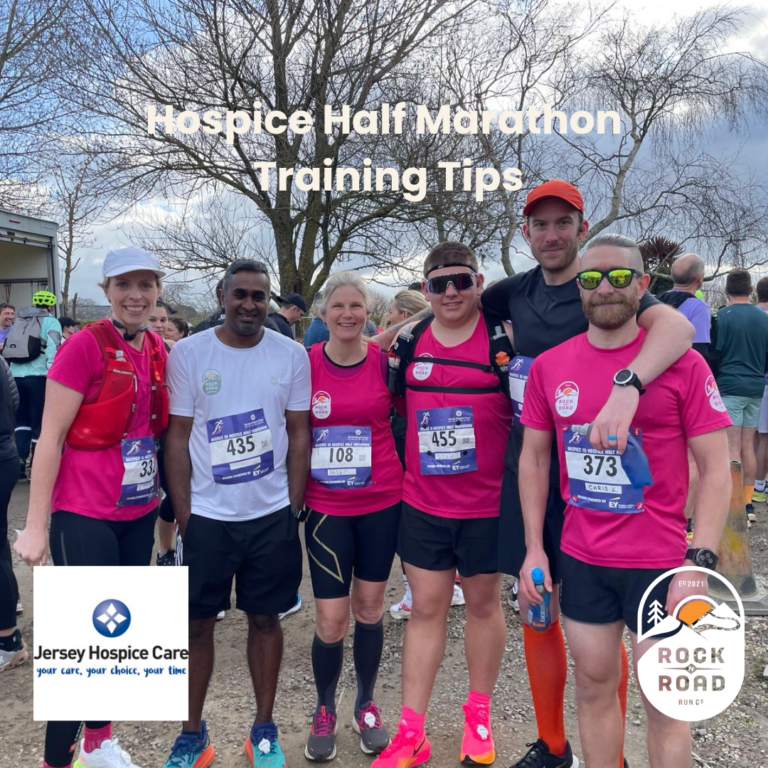
Next Running Event:
With all the different types of shoes on the market how do you separate the marketing from the facts and decide which is best for you?
The first thing to note is that over 80% of running injuries are caused by training error. Running too much, too soon, too fast. It would be great if there was a shoe that cured injuries and while we can shift around where load is absorbed to a certain extent with different shoe types, the load must be absorbed somewhere. So how do we reduce this load and stop it accumulating in a way that may lead to injury?
We can learn to run a little more efficiently with the foot landing close to the centre of gravity. A bio-mechanical analysis is a great way to achieve this to see if there are any risk factors that can be mitigated through some gait retraining. A good coach will also ensure that you build your running appropriately, so you achieve your goals without adding too much injury risk.
From a shoe perspective, unless you are feeling pain in a specific area and have been diagnosed by sports phsio, the best shoes for you are probably the ones that feel most comfortable that offer a good fit. Everyone has different shaped feet so it’s important to try them on and see how they feel. They should be snug around the midfoot with a well fitting heel cup with no slippage. While there is a place for supportive footwear with pronation control, it must be remembered that pronation is a natural part the gait cycle that helps with shock absorption. While some studies have shown small reductions in injury risk with supportive shoes, many have also shown no benefits. The increased weight of the structural features of motion control shoes can also add to a reduced cadence which has also been linked to higher injury risk.
It’s also worth noting that more cushioning doesn’t necessarily mean less load and in fact can lead to the opposite as it often leads to less ground feel, greater ground contact time and an inclination to pound the floor a little too much. Personal preference is really the key here.
It’s important not to change too much and suddenly load up tissues that aren’t used to it. Going from a well cushioned shoe to something super minimal is going to increase risk. If you wish to transition to a more minimal shoe, it’s a good idea to slowly reduce the support features over time.
Finally, having several shoes on rotation is a great idea so you can slowly introduce a new shoe starting with shorter runs rather than suddenly loading up new tissues by running all runs in a new shoe. Even if it’s a fresh version of the same shoe, the load can shift to new tissues which aren’t prepared for the sudden increase. This has the added benefit of allowing the foam in your shoes to fully recover before they are used again which will increase the mileage of each shoe.
So what does the current scientific research say? While not sounding very scientific, the current thinking is that because everyone is so unique in the way they run, if you choose a shoe based on comfort, that is most likely to be the shoe that keeps you injury free.
Happy Running.


So we’re just 7 weeks out from the biggest half marathon on island! Although I’m sure that most of you know exactly what you’re doing and training is going just


With all the different types of shoes on the market how do you separate the marketing from the facts and decide which is best for you? The first thing to